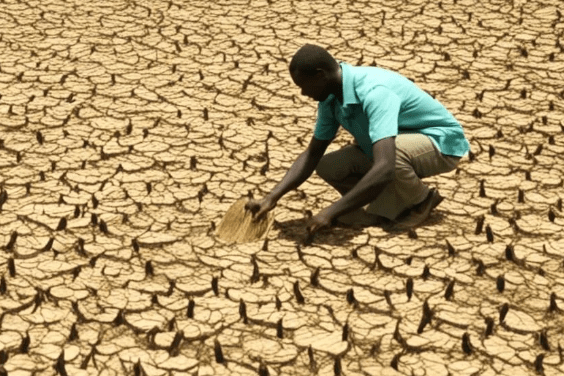As world leaders gather for this year’s United Nations Climate Change Conference (COP29) in Baku, the impacts/costs of climate change are increasing.
Extreme weather events – from hurricanes in the Caribbean to catastrophic floods in Europe and droughts in the Amazon – are growing more frequent and intense; enhancing the risk of financial instability, especially, in the world’s most vulnerable and highly-indebted countries.
In spite of this, the deployment of renewables is growing exponentially and annual investment in clean power sources now far exceeds that for fossil fuels. Citizens and companies are also increasingly aware of the need to invest in climate-change adaptation.
Moreover, economic growth is quickly decoupling from carbon dioxide emissions owing to breakthroughs and innovation in clean-energy generation and efficiency technologies that help combat climate change and boost competition.
Indeed, the International Energy Agency forecasts that renewables will meet nearly half of global electricity demand by 2030. After years of warnings and calls for action, there are finally signs that the green transition has shifted into high gear.
This is partly attributable to the fact that clean energy is now cheaper and more efficient than fossil fuels, largely owing to improved battery storage.
Every dollar invested in climate adaptation & resilience can save between US$5-7 in future disaster costs, not to mention lives and livelihoods.
Around 60% of the more than 12,000 firms across the EU and US surveyed by the EIB Group are investing in the green transition, while 90% have taken measures to reduce GHG emissions.
Reducing waste, lowering costs and bolstering resilience make good business sense.
Developing countries and low-income households are more vulnerable to the perils of global warming and distributional impact of green-transition policies, as emerging technologies disrupt legacy industries and established business models.
Multilateral development banks invested a record US$125billion in green projects for 2023, doubling the amount of private-sector finance mobilised compared to 2022.










